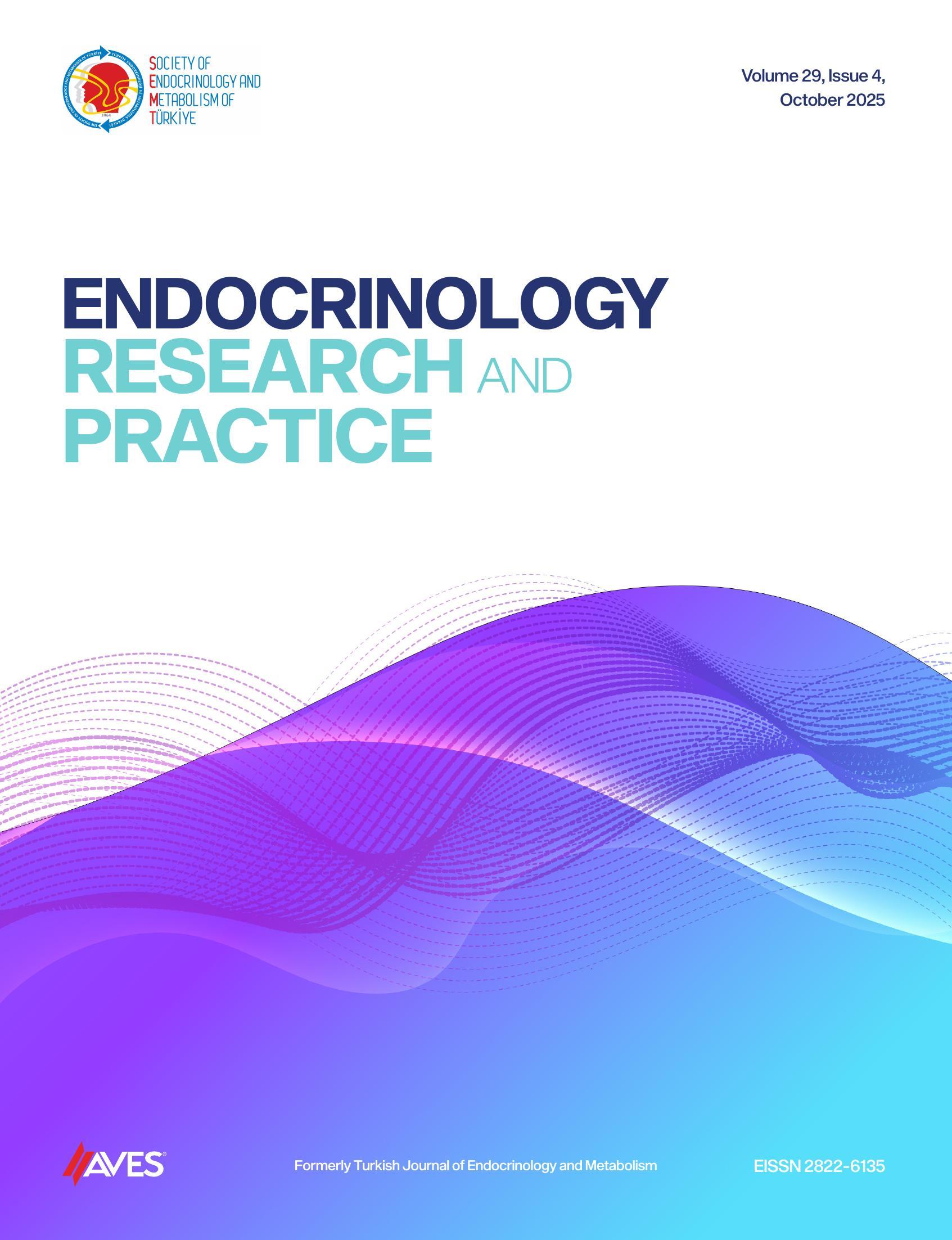Objective: To evaluate the relationship between prognostic nutritional index (PNI) and bone mineral density (BMD) values and disability in patients with osteopenia/osteoporosis.
Methods: Between January 2022 and January 2023, 106 postmenopausal women with osteopenia (n=54) and osteoporosis (n=52) were included in the study. Patients with a disease or medication causing secondary osteoporosis were excluded. Bone mineral density was evaluated using dualenergy X-ray absorptiometry. Nutritional status was measured using the PNI, which was calculated using total lymphocyte count and serum albumin levels. The Health Assessment Questionnaire Disability Index (HAQ-DI) was used to evaluate disability.
Results: The mean age of the participants was 63.78 ± 7.53 years. Prognostic nutritional index was positively correlated with total hip BMD values (r = 0.217, P=.029) and total hip T-scores (r = 0.207, P=.037) and negatively correlated with Fracture Assessment Tool Model (FRAX)-major fracture risk (r = −0.399, P < .001), FRAX-hip fracture risk (r = −0.300, P=.002), and HAQ-DI scores (r = -−0.474, P < .001). The mean PNI was lower in patients with a history of falls than in those without falls (P < .001). The mean PNI was lower in patients with a history of osteoporotic fractures than in those without a fracture history (P=.007). Multivariate linear regression analyses showed that PNI was the only independent variable for HAQ-DI (B = −0.040, P < .001) (R2=0.17).
Conclusion: Using PNI in clinical practice may be beneficial because of its association with BMD values and for predicting the independence of patients with osteopenia/osteoporosis. If a disability is detected, a multidisciplinary approach should be considered, including rehabilitation and improvement of nutritional condition.
Cite this article as: Baday-Keskin D, Hepşen S, Uz C. Association between prognostic nutritional index and bone mineral density, fracture risk assessment (FRAX) tool, and disability in patients with postmenopausal osteopenia/osteoporosis: A cross-sectional study. Endocrinol Res Pract. 2024;28(3):143-150.

-1(1).png)

.png)